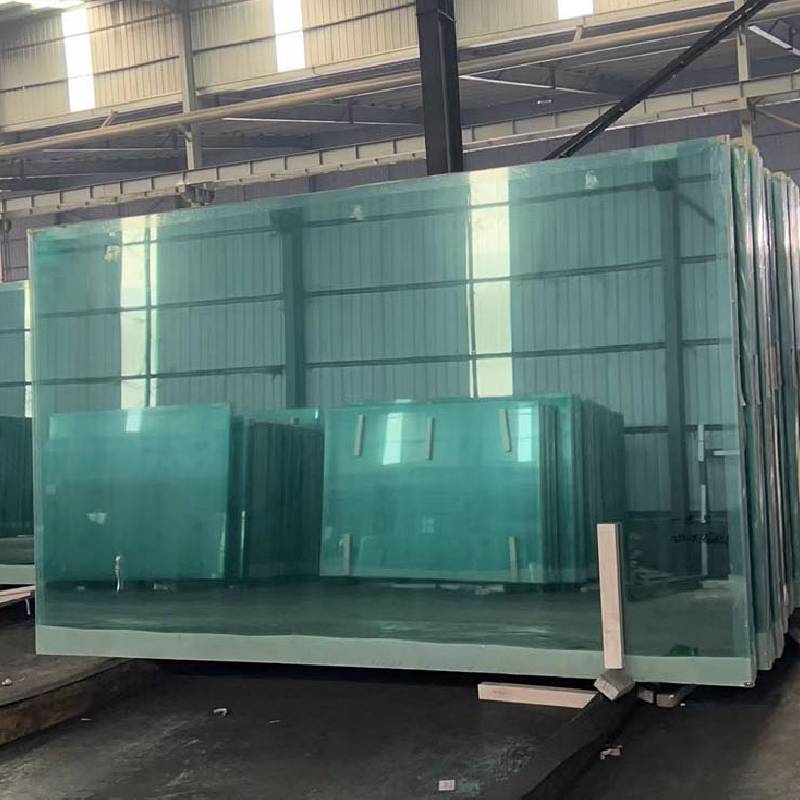Understanding Float Glass Sheets Properties, Applications, and Benefits
Float glass sheets are a fundamental element in modern construction, architecture, and design. Their clear, uniform surfaces make them a popular choice for various applications, including windows, facades, and interior partitions. This article delves into the properties, manufacturing process, and diverse applications of float glass sheets, highlighting their significance in today’s industry.
What is Float Glass?
Float glass is a type of flat glass that is made by floating molten glass on top of molten tin. This method, invented in the 1950s, allows for the production of glass sheets with exceptional flatness and clarity. The process begins when silica sand, soda ash, and limestone are melted at high temperatures to form molten glass. This glass is then carefully poured onto a bed of molten tin, where it spreads out, forming a smooth and flat surface. The thickness of the sheets can be controlled during this process, making float glass versatile for various uses.
Properties of Float Glass Sheets
The primary characteristics of float glass sheets are their optical clarity, uniform thickness, and strength. The sheets are typically available in various thicknesses, ranging from 1.0 mm to 19.0 mm. One of the notable features of float glass is its ability to provide excellent transparency, allowing up to 91% light transmission. Additionally, float glass has a relatively low thermal expansion coefficient, making it resistant to temperature fluctuations, which is crucial for applications in varying climates.
Float glass is also relatively easy to process. It can be cut, polished, and coated with various materials to enhance properties such as energy efficiency or safety. For example, low-emissivity (low-e) coatings can be applied to enhance thermal insulation, reflecting heat back into a room and helping to reduce energy consumption.
Applications of Float Glass Sheets
float glass sheets
Float glass sheets have a wide array of applications across different sectors. In construction, they are primarily used for windows, skylights, and glass facades, providing aesthetics and natural lighting while being energy-efficient. Architects often choose float glass due to its ability to reflect light and contribute to a building's overall energy performance.
In interior design, float glass is employed for building partitions, tabletops, and decorative elements, thanks to its elegant appearance and versatility in color and thickness. It can be tempered or laminated to enhance safety, making it suitable for high-traffic areas.
Additionally, float glass is used in the automotive industry for windshields and side windows, where its clarity and strength are essential for safety and visibility. In electronics, it serves as a substrate for displays and touch screens, making it a crucial component in modern technology.
Advantages of Float Glass Sheets
The benefits of using float glass sheets are multifold. Firstly, their production process ensures high quality and consistency, which is vital in industries requiring precise specifications. The optical properties of float glass also contribute to energy efficiency, helping to reduce heating and cooling costs in buildings.
Moreover, float glass is environmentally friendly, as it is fully recyclable. Manufacturers can reuse glass products at the end of their life cycle, minimizing waste and promoting sustainability—a critical factor in today’s ecological considerations.
In conclusion, float glass sheets are an indispensable component in various industries, providing clarity, strength, and versatility. Understanding their properties and applications allows architects, builders, and designers to harness the full potential of this remarkable material, contributing to innovative and sustainable solutions in construction and design. As technology advances, the future of float glass promises even more applications, enhancing its role in our daily lives.
 Afrikaans
Afrikaans  Albanian
Albanian  Amharic
Amharic  Arabic
Arabic  Armenian
Armenian  Azerbaijani
Azerbaijani  Basque
Basque  Belarusian
Belarusian  Bengali
Bengali  Bosnian
Bosnian  Bulgarian
Bulgarian  Catalan
Catalan  Cebuano
Cebuano  Corsican
Corsican  Croatian
Croatian  Czech
Czech  Danish
Danish  Dutch
Dutch  English
English  Esperanto
Esperanto  Estonian
Estonian  Finnish
Finnish  French
French  Frisian
Frisian  Galician
Galician  Georgian
Georgian  German
German  Greek
Greek  Gujarati
Gujarati  Haitian Creole
Haitian Creole  hausa
hausa  hawaiian
hawaiian  Hebrew
Hebrew  Hindi
Hindi  Miao
Miao  Hungarian
Hungarian  Icelandic
Icelandic  igbo
igbo  Indonesian
Indonesian  irish
irish  Italian
Italian  Japanese
Japanese  Javanese
Javanese  Kannada
Kannada  kazakh
kazakh  Khmer
Khmer  Rwandese
Rwandese  Korean
Korean  Kurdish
Kurdish  Kyrgyz
Kyrgyz  Lao
Lao  Latin
Latin  Latvian
Latvian  Lithuanian
Lithuanian  Luxembourgish
Luxembourgish  Macedonian
Macedonian  Malgashi
Malgashi  Malay
Malay  Malayalam
Malayalam  Maltese
Maltese  Maori
Maori  Marathi
Marathi  Mongolian
Mongolian  Myanmar
Myanmar  Nepali
Nepali  Norwegian
Norwegian  Norwegian
Norwegian  Occitan
Occitan  Pashto
Pashto  Persian
Persian  Polish
Polish  Portuguese
Portuguese  Punjabi
Punjabi  Romanian
Romanian  Russian
Russian  Samoan
Samoan  Scottish Gaelic
Scottish Gaelic  Serbian
Serbian  Sesotho
Sesotho  Shona
Shona  Sindhi
Sindhi  Sinhala
Sinhala  Slovak
Slovak  Slovenian
Slovenian  Somali
Somali  Spanish
Spanish  Sundanese
Sundanese  Swahili
Swahili  Swedish
Swedish  Tagalog
Tagalog  Tajik
Tajik  Tamil
Tamil  Tatar
Tatar  Telugu
Telugu  Thai
Thai  Turkish
Turkish  Turkmen
Turkmen  Ukrainian
Ukrainian  Urdu
Urdu  Uighur
Uighur  Uzbek
Uzbek  Vietnamese
Vietnamese  Welsh
Welsh  Bantu
Bantu  Yiddish
Yiddish  Yoruba
Yoruba  Zulu
Zulu 

